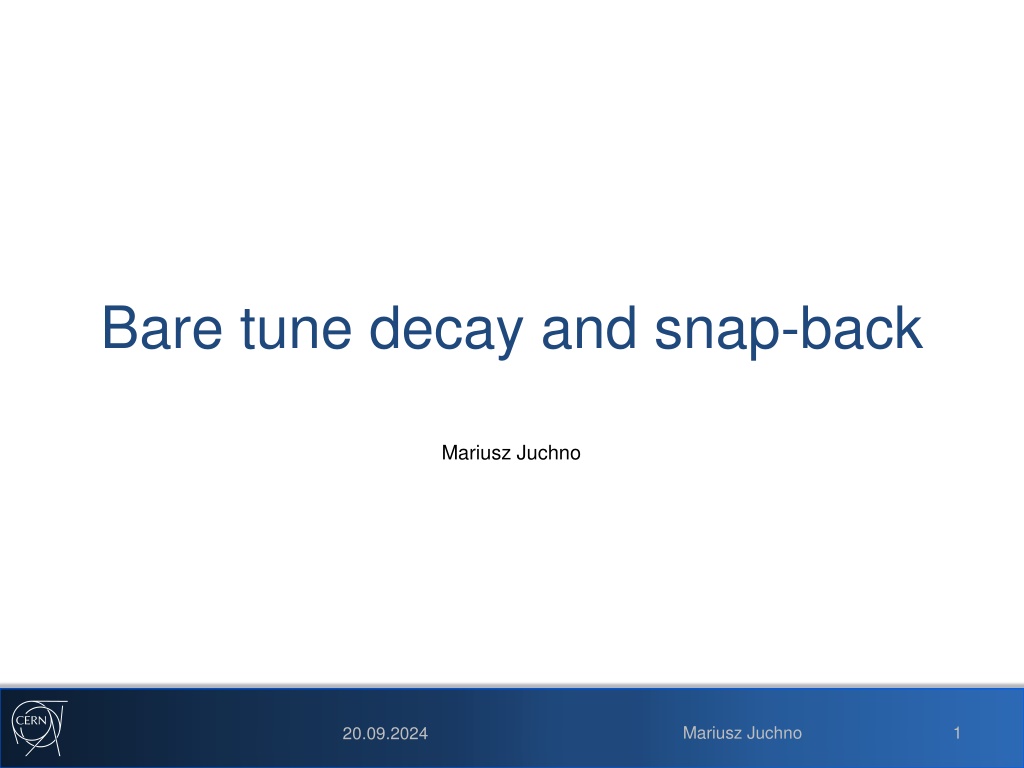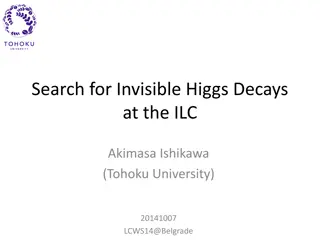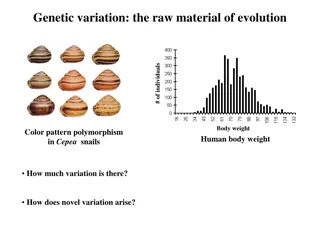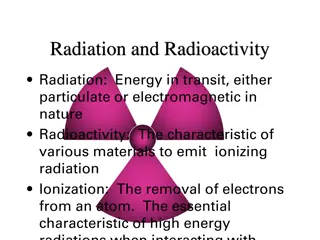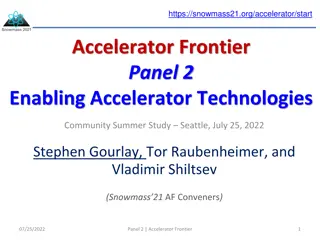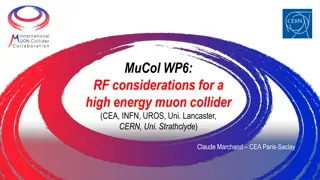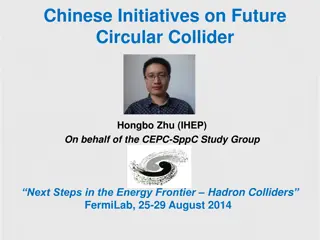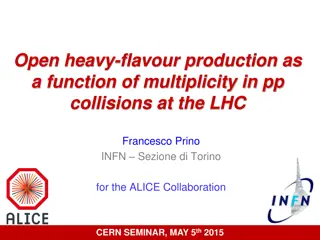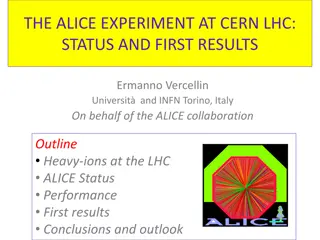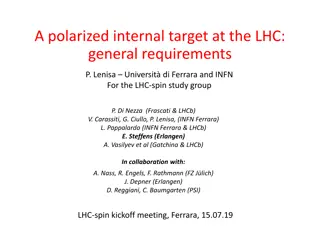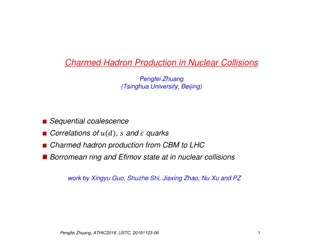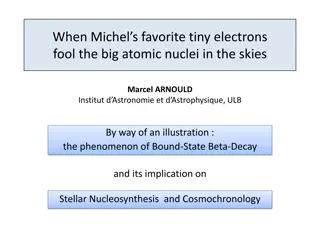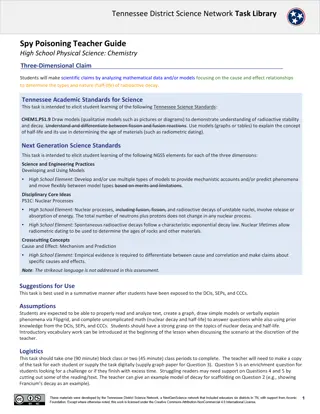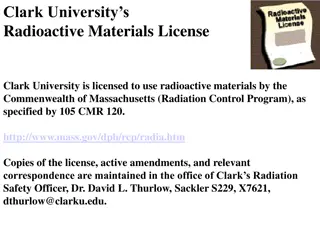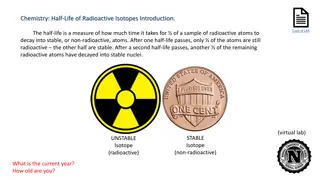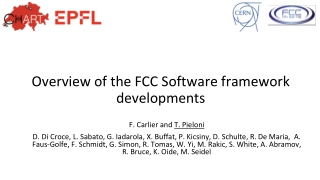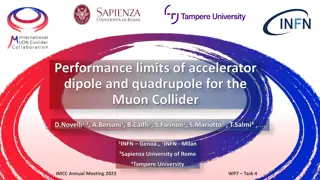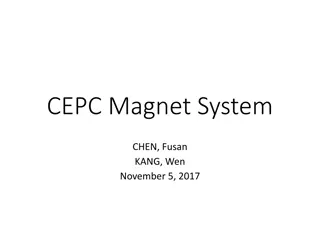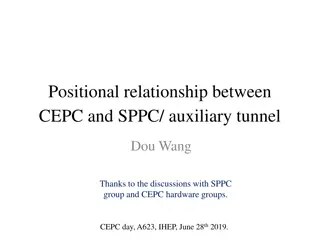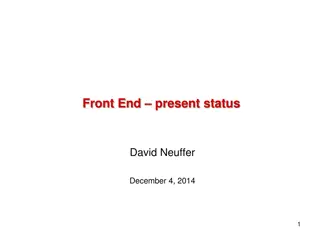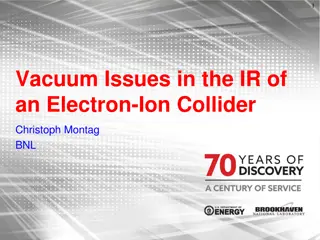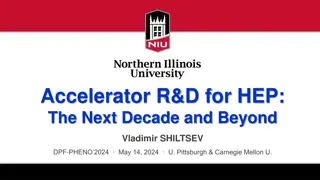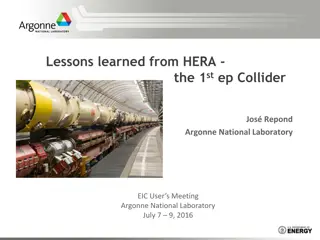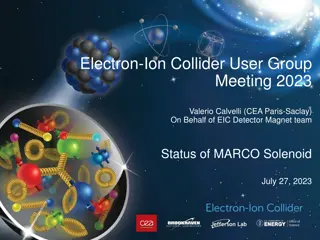Analysis of Tune Variation and Decay in Large Hadron Collider
This analysis focuses on the tune variation and decay of the bare machine tune in the Large Hadron Collider. It covers the evolution of the bare tune, analysis of the tune decay after injection, fitting of decay constants, and data extraction from 2015. The study includes insights into beam commissioning, tuning variations, and decay characteristics observed in the collider.
Download Presentation

Please find below an Image/Link to download the presentation.
The content on the website is provided AS IS for your information and personal use only. It may not be sold, licensed, or shared on other websites without obtaining consent from the author. Download presentation by click this link. If you encounter any issues during the download, it is possible that the publisher has removed the file from their server.
E N D
Presentation Transcript
Bare tune decay and snap-back Mariusz Juchno Mariusz Juchno 1 20.09.2024
Introduction Analysis of the tune variation during beam commissioning 2015 Previous work: N. Aquilina et al. Tune Variation in the Large Hadron Collider Estimation of the bare machine tune base on measured tune and MQTF/D currents Nest step: Analysis of the tune decay after injection Multiple time constants First two terms of the decay law Mariusz Juchno 2 20.09.2024
Bare tune evolution Fill 2452 (2012) Fill 3621 (2015) Mariusz Juchno 3 20.09.2024
Introduction Analysis of the tune variation during beam commissioning 2015 Previous work: N. Aquilina et al. Tune Variation in the Large Hadron Collider Estimation of the bare machine tune base on measured tune and MQTF/D currents Nest step: Analysis of the tune decay after injection Multiple time constants First two terms of the decay law Mariusz Juchno 4 20.09.2024
Analysis of 2015 data Initial tune v and asymptotic decay amplitude c are fitted Decay constant ? fixed at 1000s Slow and fast decay mixing weight d fixed at 0.27 Value of 0.27 is based on 2012 data Fixing it does not seem to decrease the quality of the fit Fitting it doesn t give consistent results 6
Extracted data Time range from 2015-04-10 to 2015-06-02 Fills initially accepted: 117 Fills used for analysis: 54 (A) 25 fills with data < 10000s (B) 17 fills with data < 25000s (C) 12 fills with data < 35000s Data <1200s and >35000s is excluded Mariusz Juchno 7 20.09.2024
Pre-cycling and injection Mariusz Juchno 8 20.09.2024
Initial tune v vs TFT Mariusz Juchno 9 20.09.2024
QH Decay amplitude c vs TFT ? ??? = ?0+ ??(1 ? ???/?) B1 QH: c0 = -0.027 dc = -0.034 tau = 4277 B1 QV: c0 = -0.025 dc = -0.026 tau = 4277 B2 QH: c0 = -0.029 dc = -0.036 tau = 4277 B2 QV: c0 = -0.024 dc = -0.023 tau = 4277 Mariusz Juchno 10 20.09.2024
QV Decay amplitude c vs TFT ? ??? = ?0+ ??(1 ? ???/?) B1 QH: c0 = -0.027 dc = -0.034 tau = 4277 B1 QV: c0 = -0.025 dc = -0.026 tau = 4277 B2 QH: c0 = -0.029 dc = -0.036 tau = 4277 B2 QV: c0 = -0.024 dc = -0.023 tau = 4277 Mariusz Juchno 11 20.09.2024
Initial tune v vs TPREP Mariusz Juchno 12 20.09.2024
Decay amplitude c vs TPREP Mariusz Juchno 13 20.09.2024
Decay amplitude c vs TPREP for TFT< 650 s Mariusz Juchno 14 20.09.2024
Analysis summary TFT< 650s (17 fills) TFT> 15000s (9 fills) QH QV QH QV B1 v 59.349 64.229 59.347 64.227 v 0.002 0.004 0.002 0.002 c -0.029 -0.027 -0.062 -0.051 c 0.010 0.007 0.005 0.003 d 0.27 0.27 0.27 0.27 tau 1000 1000 1000 1000 B2 v 59. 331 64.204 59. 329 64.198 v 0.002 0.006 0.002 0.003 c -0.032 -0.026 -0.065 -0.047 c 0.009 0.007 0.005 0.004 d 0.27 0.27 0.27 0.27 tau 1000 1000 1000 1000 Mariusz Juchno 15 20.09.2024
Conclusions Double term decay formula (d and tau are fixed) Increase of decay amplitude more than 50% Dependence of decay amplitude on TFT Mariusz Juchno 16 20.09.2024
